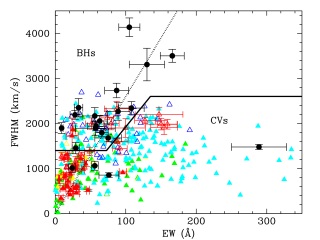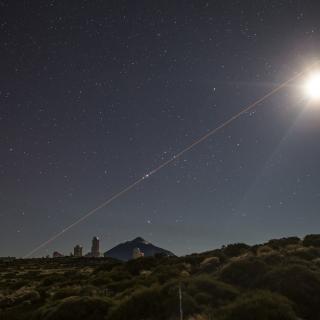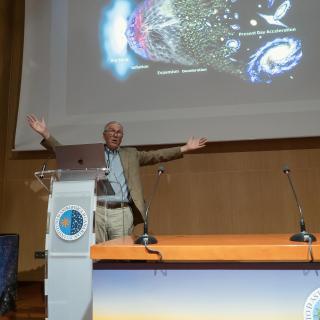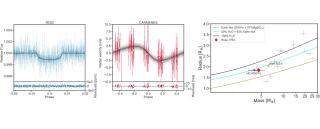
The European Patent Office (EPO) has granted the IAC a patent on an invention developed within IACTEC-Space . This technology improves the quality of images obtained by high-performance cameras under the demanding conditions found in space. The effectiveness of this technology has already been tested on three space missions, applying it to the DRAGO (Demonstrator for Remote Analysis of Ground Observations) cameras, developed at the IAC for Earth observation from space. Carlos Colodro, electronics engineer at IACTEC-Space and the main person responsible for this development, comments that
Advertised on




